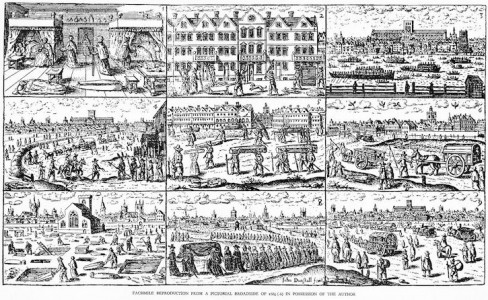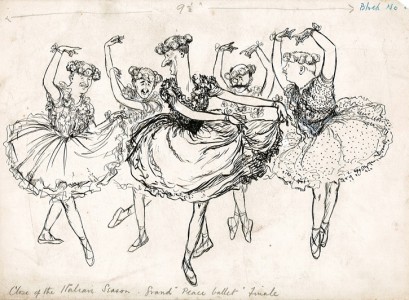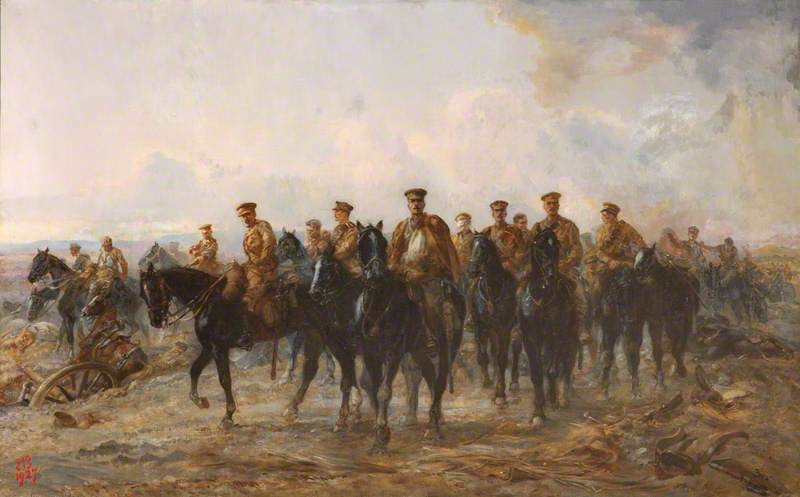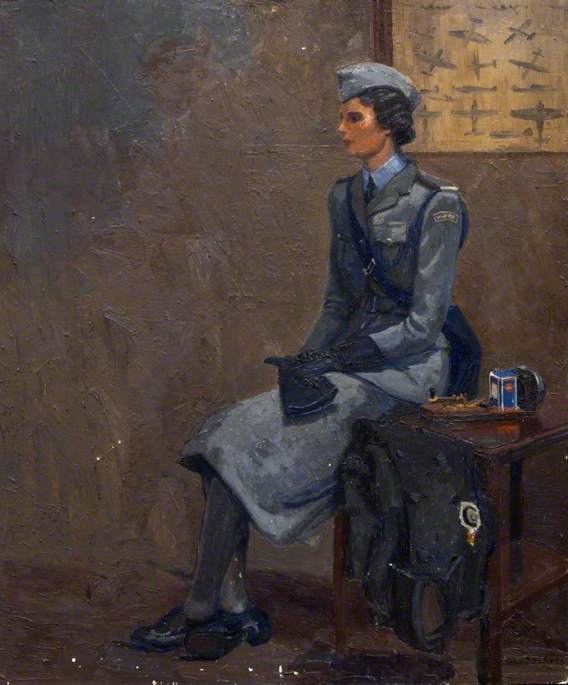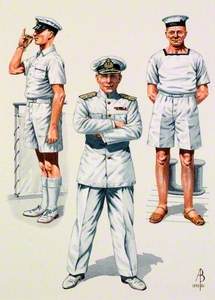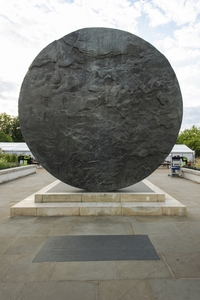Through the creation and sharing of art, the people who have fought, survived and returned from the many theatres of war are regularly remembered and often revered as heroes. Art is an open doorway used to recall the lasting impact of war without celebrating the brutality, pain and loss of combat.
This 1935 oil on canvas painting of Viscount Hill is a prime example of the face of a British military man.
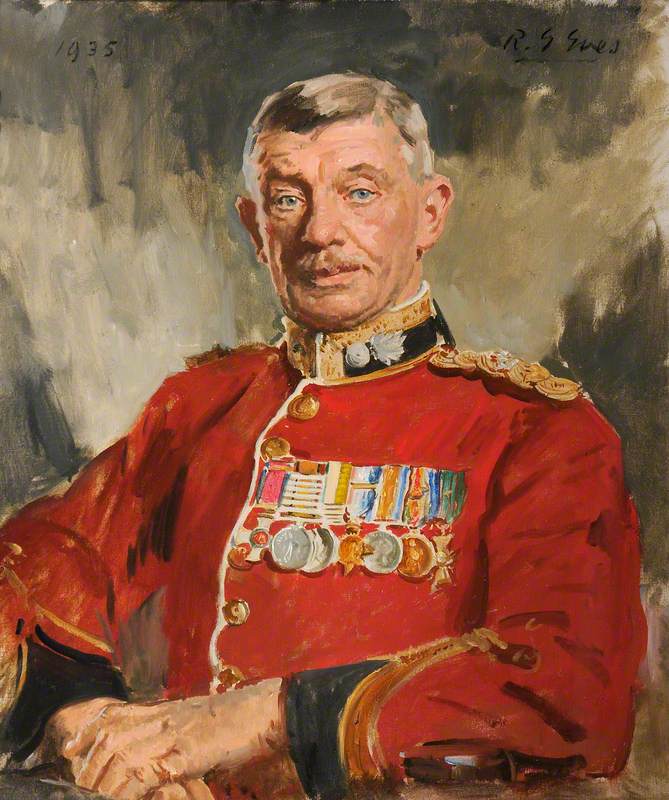
Image credit: Royal Welch Fusiliers Regimental Museum
Viscount Hill, Major Honourable Charles Rowland Clegg-Hill, DSO 1935
Reginald Grenville Eves (1876–1941)
Royal Welch Fusiliers Regimental MuseumCharles Rowland Clegg-Hill appears in the uniform of the Royal Welsh Fusiliers, his chest emblazoned with medals that speak of his many endeavours. His face is set with the direct fixed gaze of a person who has seen countless horrors but will refuse to share them with the people he fought to protect: his red uniform becomes both a shield and a weighted burden he is resigned to carry alone.
International humanitarian law, also known as the law of armed conflict, dictates what actions can occur during war in order to maintain some humanity; the images of the three Royal Navy personnel, in their pristine white uniforms, give the impression of the 'boy next door' – they are in casual poses with relaxed faces.
Remembrance Day each year is an ideal opportunity to delve into well-known and well-regarded art resulting from different periods of warfare. Moving the gaze away from the primary depictions of white European men in highly decorated uniforms, there are images that show the colour of war, under the umbrella of the far-reaching British Empire, is far from monotone.
The gender of people involved in warfare is also broader than that generally depicted in much public art.
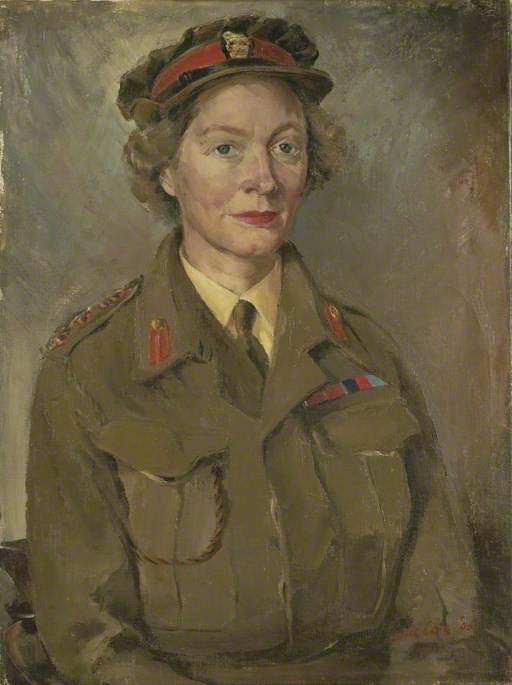
Image credit: IWM (Imperial War Museums)
Leslie Cole (1910–1976)
IWM (Imperial War Museums)Military women are usually shown in auxiliary or domestic roles within international conflict, however the portrait of Commandant Marjorie F. Wagstaff is a rare example of the public face and responsibilities of women in the military.
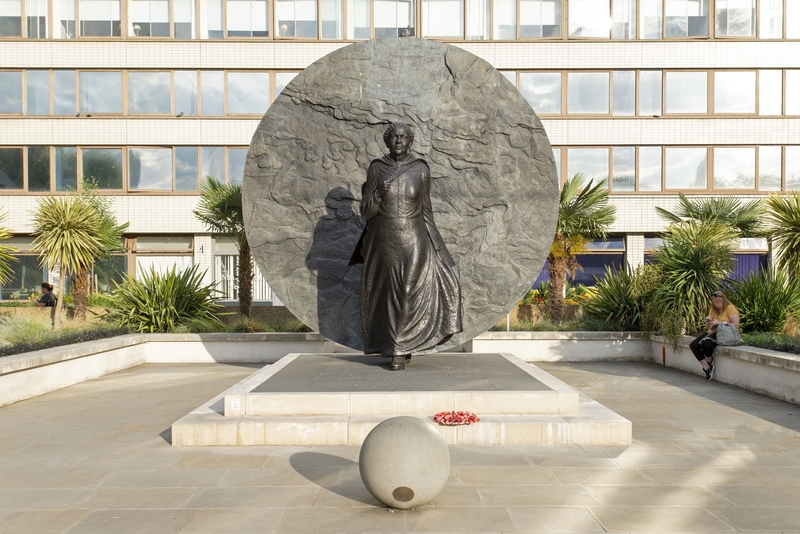
© Martin Jennings. All Rights Reserved, DACS 2025. Image credit: Colleen Rowe Harvey / Art UK
Martin Jennings (b.1957) and Pangolin Editions (founded 1985)
St Thomas' Hospital, LambethThe auxiliary, yet central, roles of human repair after injury in early military conflicts were carried out by legions of medical staff, including Mary Seacole.
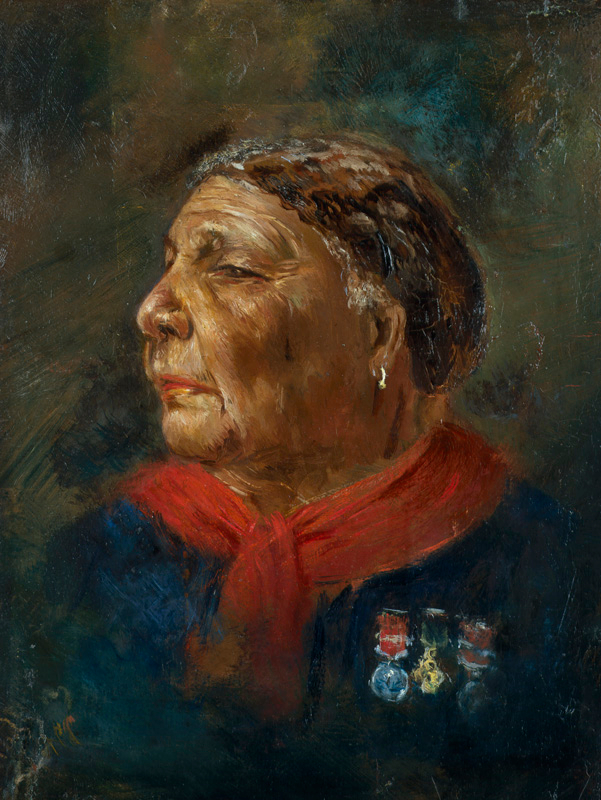
Image credit: National Portrait Gallery, London
Mary Jane Seacole, née Grant 1869
Albert Charles Challen (1847–1881)
National Portrait Gallery, LondonSome images, like Peter Howson's 1994 portrayal of war, Serb and Muslim, show the intimate nature of conflict and gendered violence.
Inside a rough, muddy-white frame, Howson uses wide brushstrokes and the earthy colours of brown, green and black to blend the physical beings of the people in the centre of the image. This technique ensures that their individual boundaries and realities blur and combine into a horrific tangle that descends into a bloody mess at the base of their violent connection.
During war, women do not always sit at the edges of the public conflict – they are sometimes found in the centre of the fighting and resistance.
In Gulf Women Prepare for War, the foreground shows a clearly depicted woman dressed in black clothing ready for war with a rocket launcher in hand.
Behind her are groups of indistinctly portrayed women, similarly attired, and also positioned for battle. They appear in stark contrast to a landscape of yellow, red and pink colouring that depicts what appears to be the remnants of a destroyed civilisation, leaving behind the dark embers of burnt structures and the red glow of a fading fire.
The heroic painting by Joshua Reynolds of Charles Stanhope, 3rd Earl of Harrington and Marcus Richard Fitzroy Thomas is an excellent example of the support the colonies of the British Empire gave to the 'Mother Country'.
Marcus Richard Fitzroy Thomas, aged fourteen, was thought to have been attached to Charles Stanhope's regiment or enslaved on a family plantation in Jamaica before being brought to England as an attendant or servant.
The strength and force of the British Army were integral to the incursions of the British Empire into numerous countries worldwide.
This image of a sergeant, of an unknown cavalry regiment, is significant because it displays how the colonial nations were used to prop up the British Empire, and viewed with the same significance as, and on a similar level to, a dog.
As a result of the high death rates of white officers and men in the Revolutionary and Napoleonic wars due to disease, the British Army created regiments of Black and Asian soldiers in regions where the indigenous people were used to the climate. A vast number of the enlisted men were enslaved men. As the above artwork's description explains: 'Between 1798 and 1806 the British Army was the single biggest purchaser of slaves. It bought 6,376 slaves, an estimated 7 per cent of all slaves sold in the British West Indies during this period.'
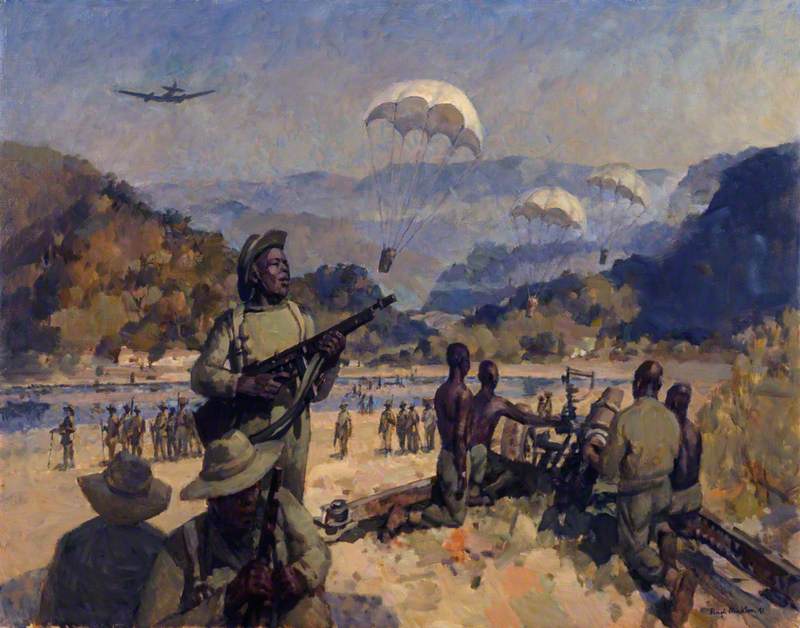
© National Army Museum. Image credit: National Army Museum
Troops of the Royal West African Frontier Force in the Arakan, Burma, c.1944 1991
Hugh Ralph Micklem (1918–2009)
National Army MuseumIn 1943, during the Second World War, the 81st West African Division was a regiment formed in Nigeria. It was composed of units of soldiers from the Gold Coast (now Ghana), the Gambia, Nigeria and Sierra Leone. This Division of soldiers developed a fearsome reputation for warfare in difficult conditions, working for the British Army in locations such as Burma. The 81st West African Division were known as 'The Black Tarantulas' – it is West African and Caribbean folklore that the part-man, part-spider trickster Anansi always comes out on top, hence their unit name.
The cloth badge that represented the 81st West African Division was a black spider on a yellow background. It was designed with its head at the bottom so that the spider would appear to be moving forwards when the wearer raised their weapon.
Also in 1943, a group of women recruited by the Auxiliary Territorial Service (ATS) from across the Caribbean arrived in Britain to assist the war effort. However, British War Office officials were often hostile in their treatment of these women despite the personnel shortages.
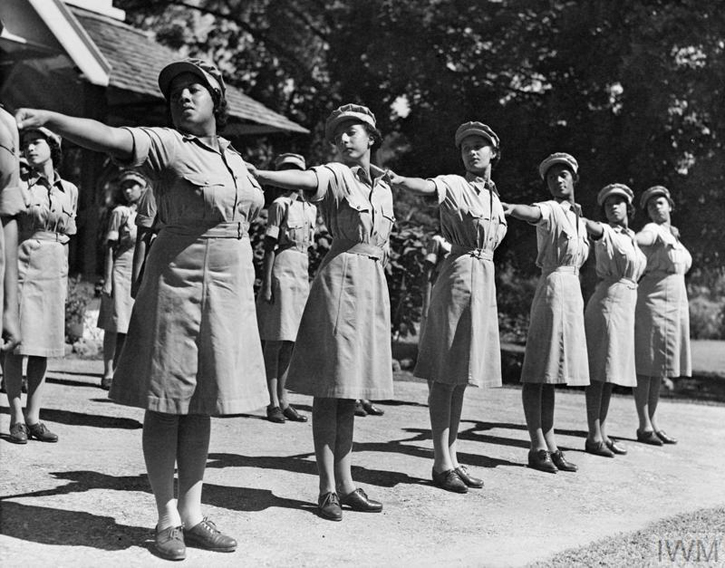
Image credit: Imperial War Museum (IWM K 5926)
The Auxiliary Territorial Service in Jamaica, 1944
Largely missing from British historical records and art are the contributions of the British West Indies Regiment which was formed in 1795 and served Britain until 1927 in the Middle East, on the Western Front, throughout Europe and in Africa.
The soldiers in the British West Indies Regiment were some of the bravest personnel in battle and they were awarded a number of gallantry medals including five Distinguished Service Orders, nineteen Military Crosses, eleven Military Crosses with Bar, eighteen Distinguished Conduct Medals, as well as 49 Mentions in Despatches.
Artist Barbara Walker draws an African-Caribbean soldier over a digital print of an Indian soldier, bringing them to the forefront of consciousness for attention.
The British Army and the British Monarchy have had a long association with the skills of servicemen from the Brigade of Gurkha Regiments, as seen from the 1893 painting of Subadar Major Judbhir Thapa by Gertrude Ellen Burrard, up to the late 1990s Kosovo War.
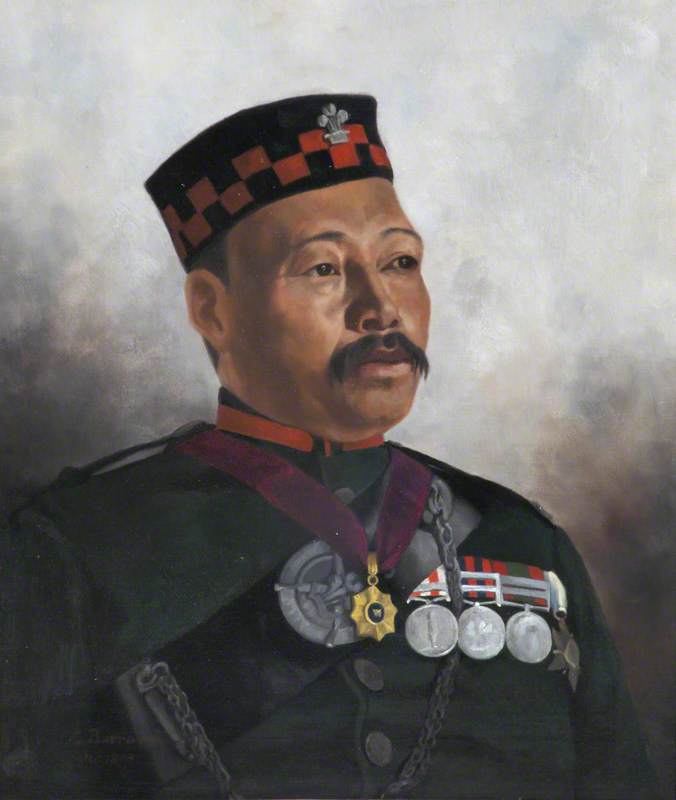
Image credit: National Army Museum
Gertrude Ellen Burrard (1860–1928)
National Army Museum
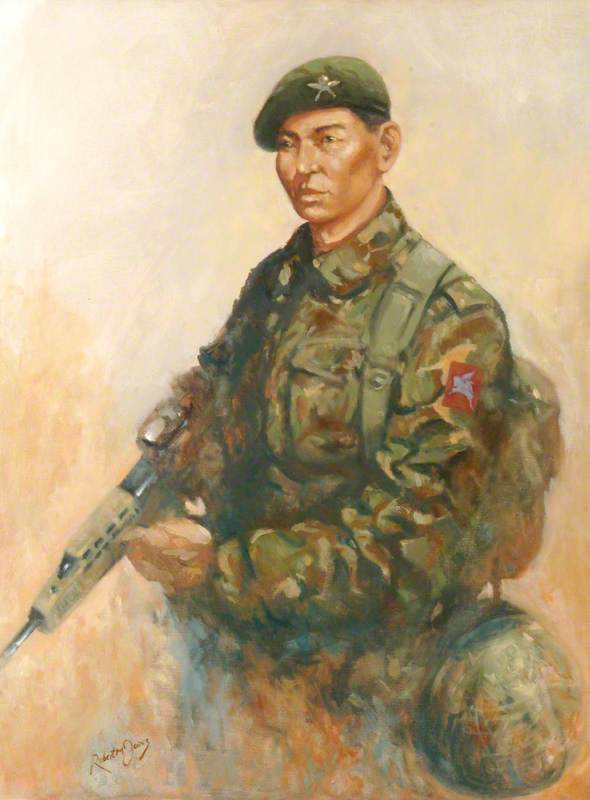
© the copyright holder. Image credit: Hart District Council
A Soldier of Queen Elizabeth's Own Gurkha Rifles on Duty in Kosovo
Robert M. Jones
Hart District CouncilThis continues up to the current day with The Queen's Own Gurkha Logistic Regiment now providing personal protection to the new British monarch, Charles III.
The Gurkhas, from Nepal, were first enlisted to fight for the British Army in 1815, and participated in British conflicts including the two World Wars. In the Second World War, in 1944, Rifleman Thaman Gurung's gallant actions in Italy enabled his platoon to withdraw to safety without enduring more casualties when they were under heavy enemy fire.
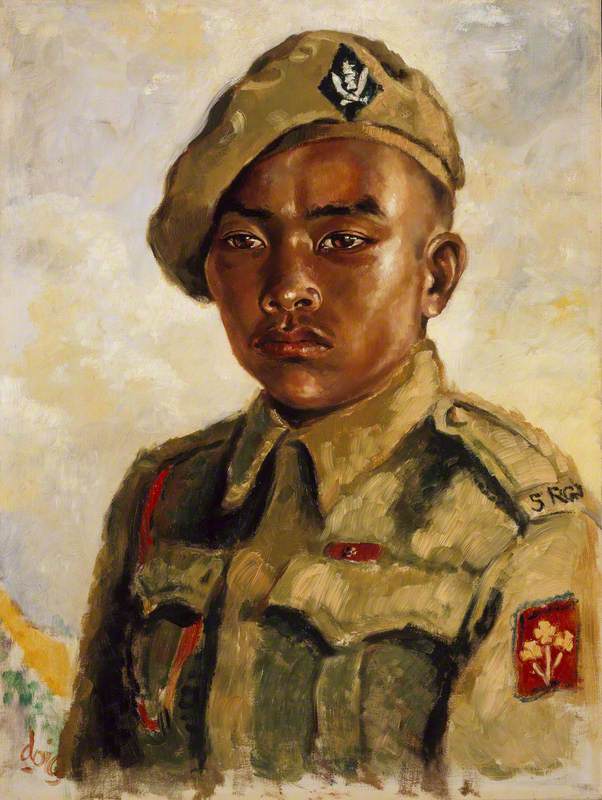
© the copyright holder. Image credit: National Army Museum
Desmond Doig (1921–1983)
National Army MuseumThe heroic actions of Sepoy Nand Singh in 1944, as part of the 1st Battalion 11th Sikh Regiment, were captured in oil on canvas. His selfless actions in Burma resulted in the award of the Victoria Cross. Singh had advanced, alone and injured, against the Japanese enemy force to capture occupied trenches.
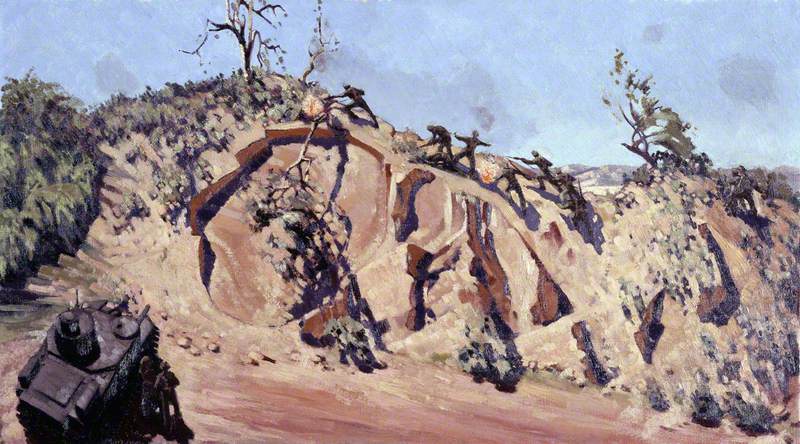
© the copyright holder. Image credit: National Army Museum
Edward Eugene Louis Mortelmans (1915–2008)
National Army MuseumAround Britain, there are a number of war memorials for Sikh soldiers. The sculpture commissioned by the Sikh Soldier Organisation was unveiled in Huddersfield in 2019.
It is created from Indian bronze and Yorkshire stone in a celebration of the origins and the location of the people being honoured.
Another memorial in honour of the Sikh contribution to British military endeavours can be found in Bristol.
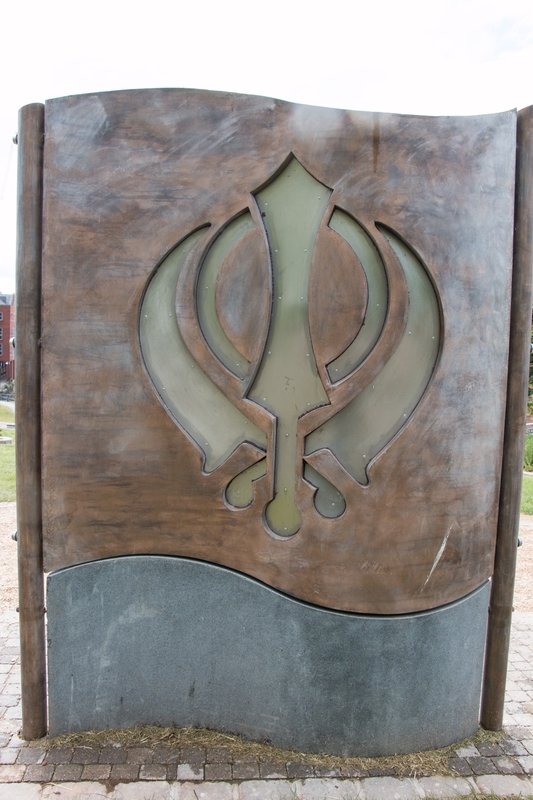
© the copyright holders. Image credit: Paul Francis / Art UK
War Memorial for Sikh Soldiers 2019
Steve Joyce (b.1956) and Marcel Watkins (active 2019) and Peter Milner (b.1951)
Castle Park, Bristol City, BristolThis memorial was unveiled in April 2019, and has two distinct parts. The base is granite, and bears a quote from Sir Winston Churchill; the upper panel is constructed of corten steel with a cut-out emblem of the Sikh symbol the Khanda.
Churchill's quote reads: 'British people are highly indebted and obliged to Sikhs for a long time. I know that within this century we needed their help twice and they did help us very well. As a result of their timely help, we are today able to live with honour, dignity and independence. In the war they fought and died for us wearing their turbans.'
Sikhs are commemorated as 'The Lions of the Great War' in the West Midlands for their contributions to the British Indian Army's war efforts in the First World War and the defence of Europe.
The 10-foot bronze sculpture, by Luke Perry, sits on a six-foot granite plinth. One of the inscriptions on the base reads: 'Between 1914 and 1918 more than a million soldiers from South Asia served in the British Indian Army, fighting with great courage for the freedom of a country that was not their own.'
An incredible moment - the Lions of the Great War statue is officially unveiled in Smethwick to a packed crowd - in honour of the millions of men who served in the British Indian Army in the two world wars. A proud day for Sandwell & the Black Country. @ExpressandStar pic.twitter.com/i6CrobmQMC
— Megan Archer-Fox (@MeganArcherFox) November 4, 2018
The sculpture recognises that people of different faiths have served together, side by side, in the Great War and other conflicts for over a century.
The modern face of British warfare also looks like Johnson Gideon Beharry.
Colour Sergeant Beharry, VC, COG was born in Grenada. He enrolled in the Princess of Wales's Royal Regiment in 2001 and trained as an armoured vehicle driver. In 2004, while engaged in military operations in Iraq, he saved the lives of 31 soldiers while under attack, during which time he received serious shrapnel injuries to his body, face and brain. Beharry is the first living recipient since 1965 to be awarded the Victoria Cross, Britain's highest award for gallantry.
Regardless of the era, continent or parties involved in the conflict, the colour of the uniform or skin, or the gender of the combatant, the commonality of the end result persists: the colour of war is always blood red.
Monuments and artworks are reminders of the permanence of hostilities in human history, and the impermanence of the human body that remembers the open and raw intimacy of war.
Marjorie H. Morgan, playwright, director, producer and journalist

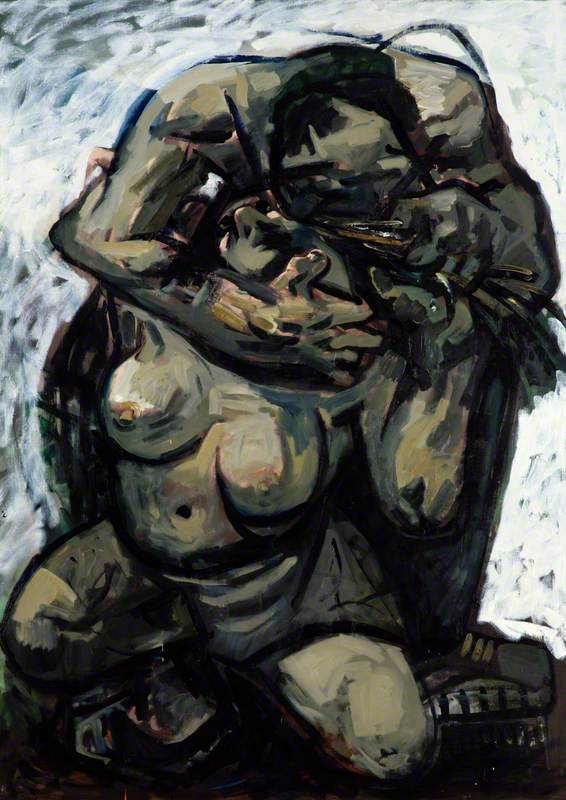
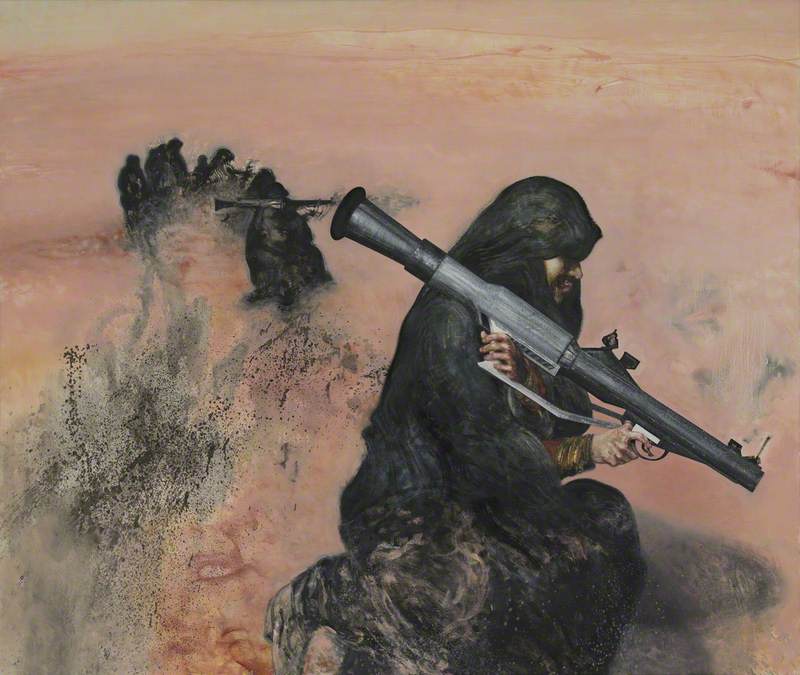
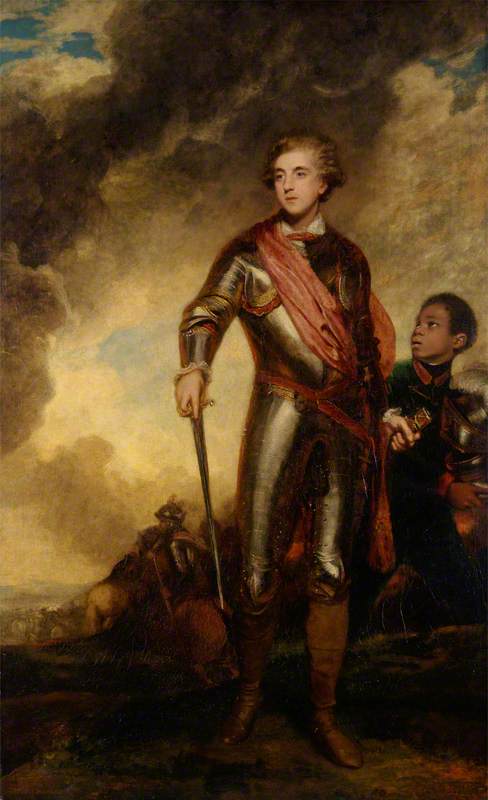
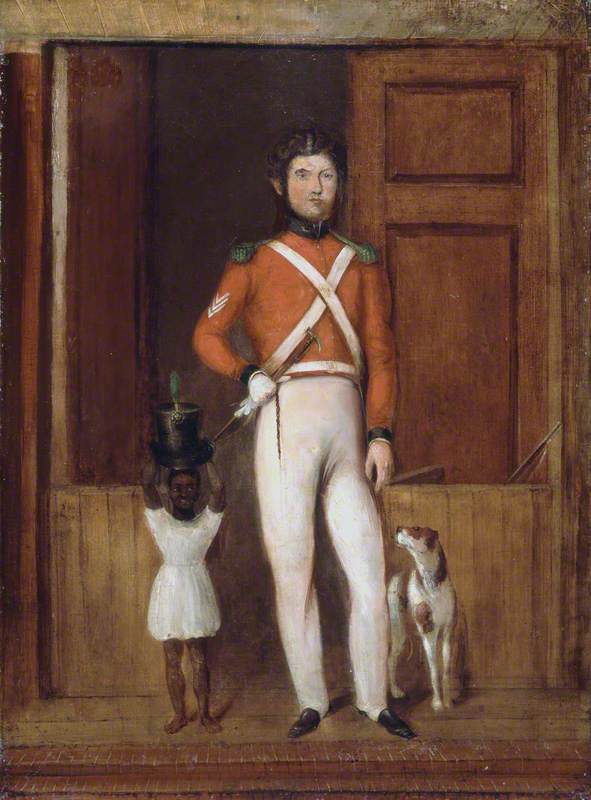
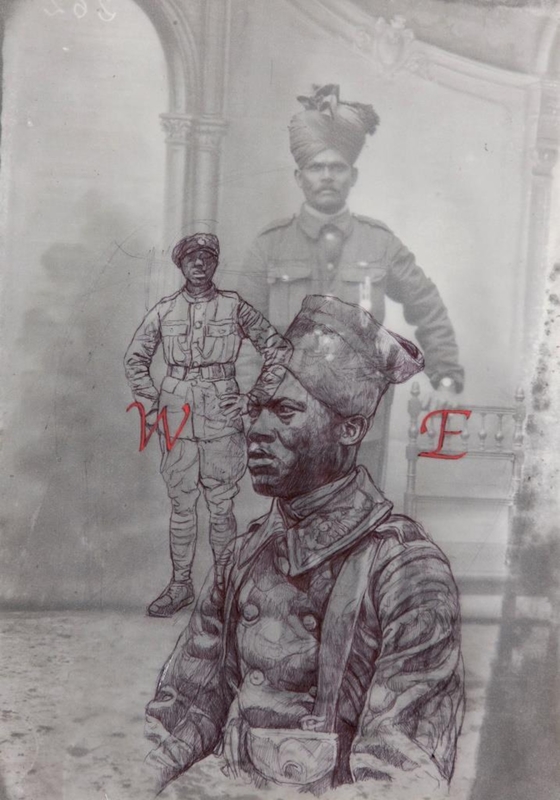
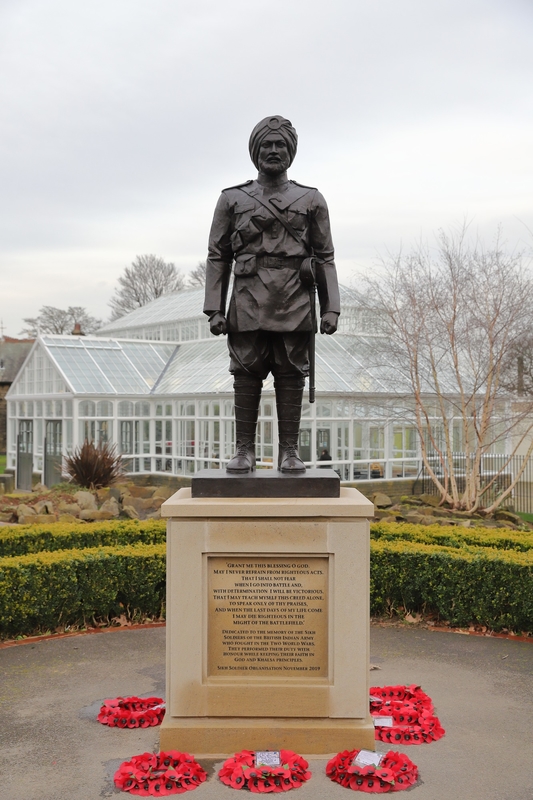
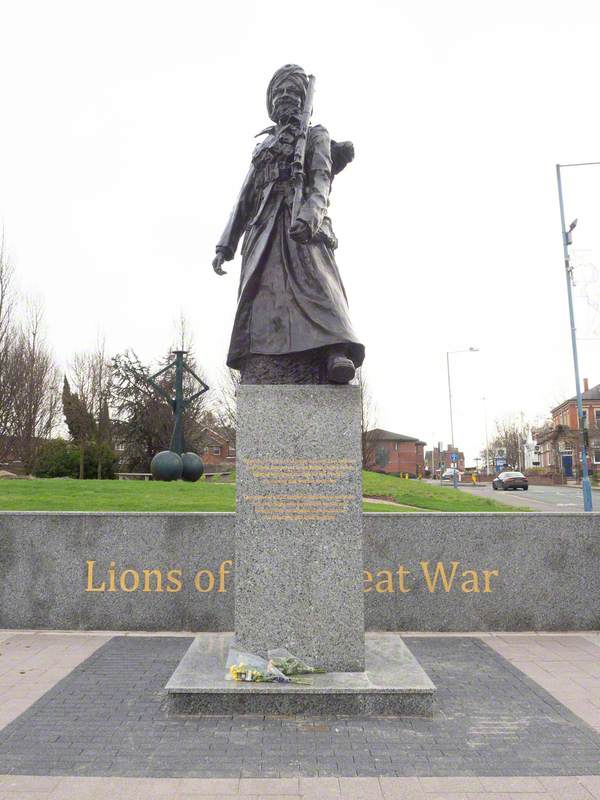
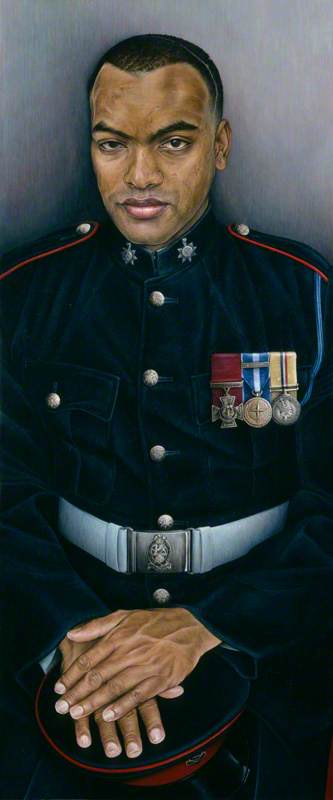
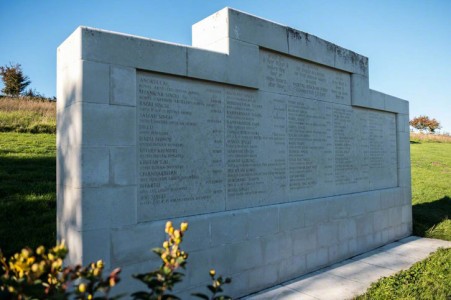
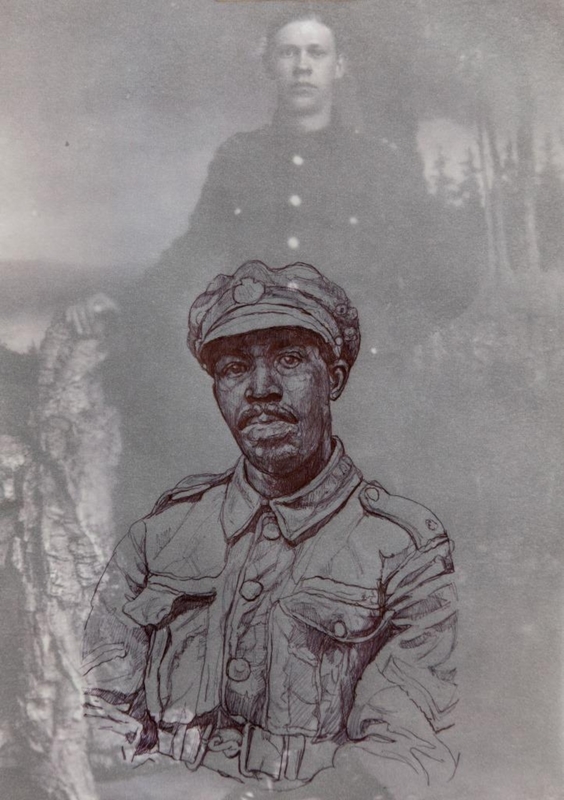
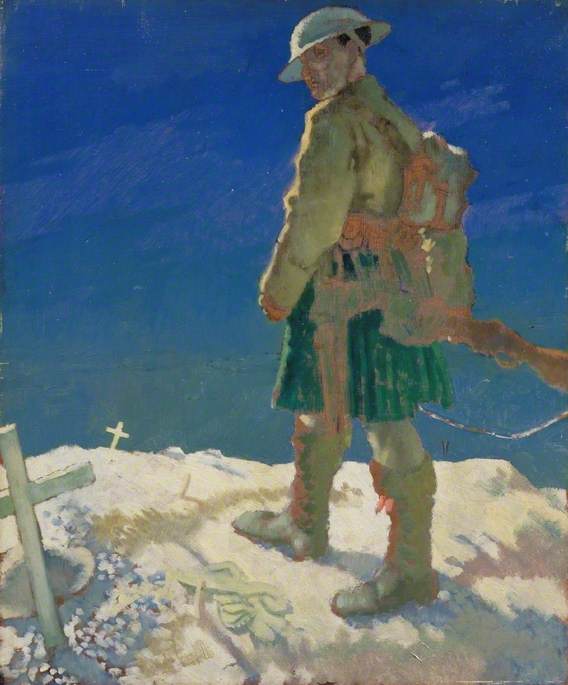
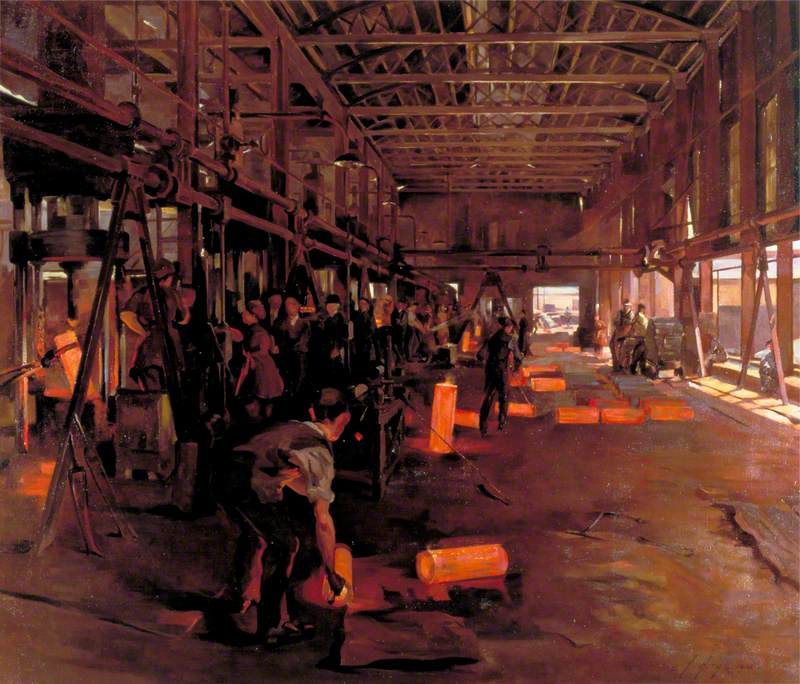
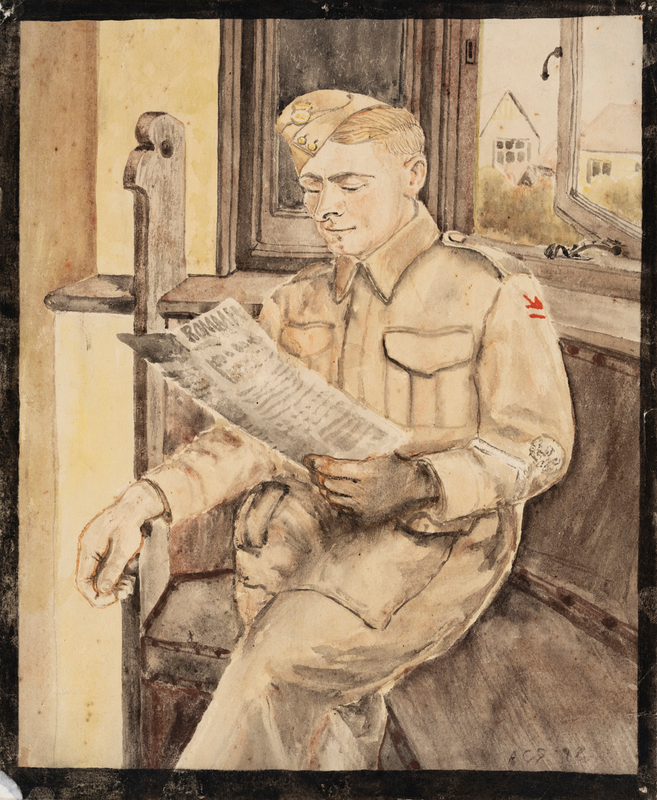
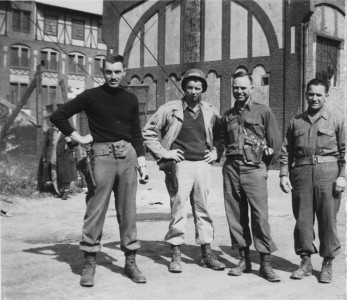
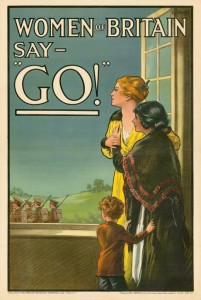

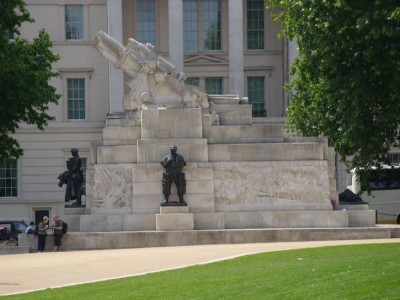

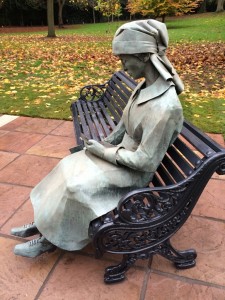

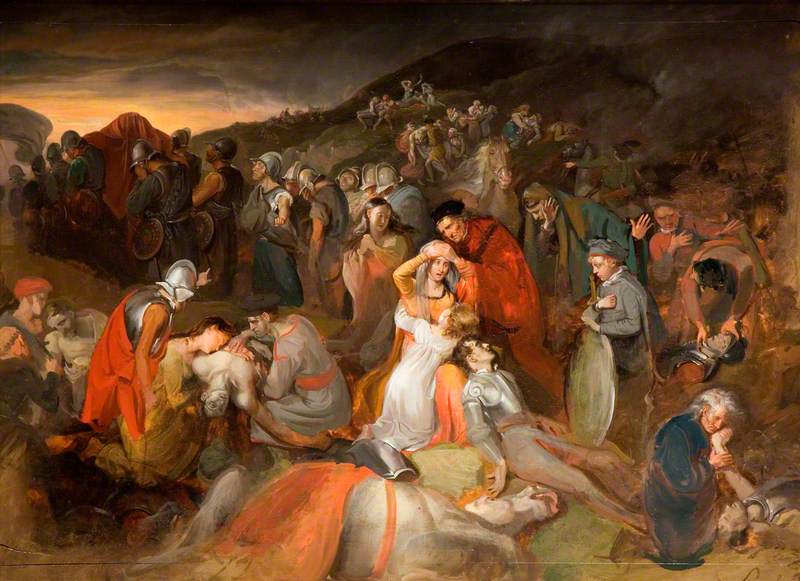
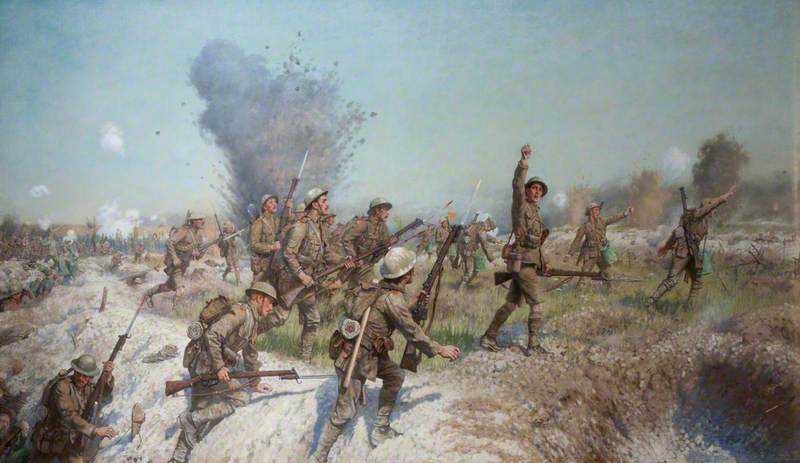
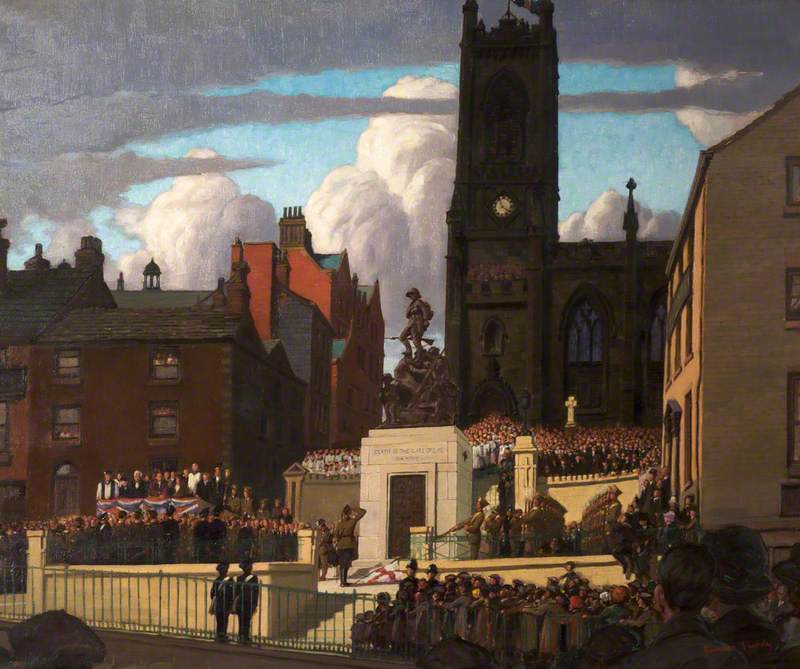

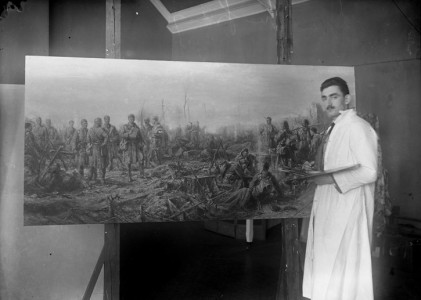
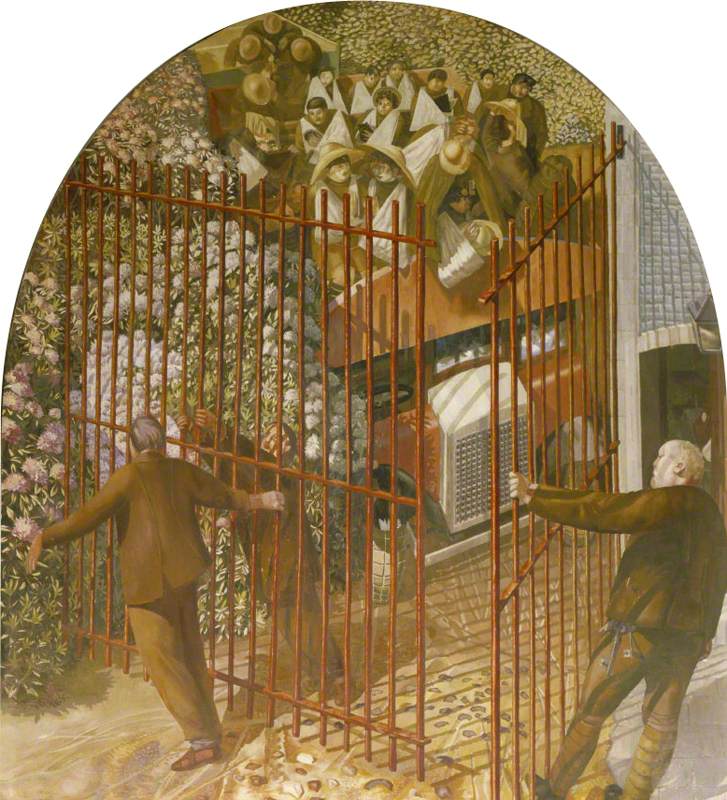
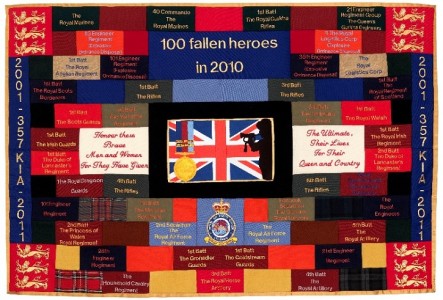
.jpg)
